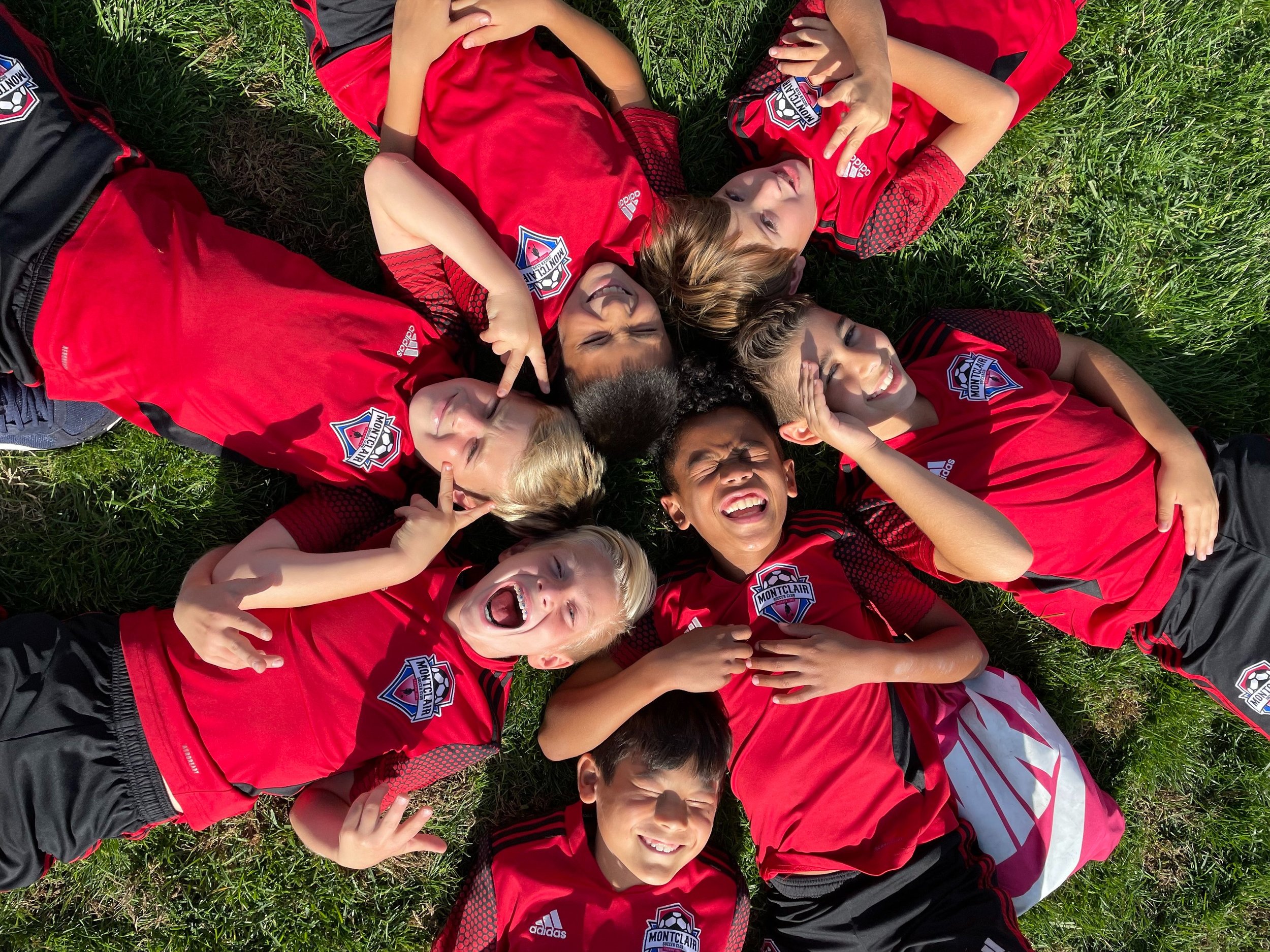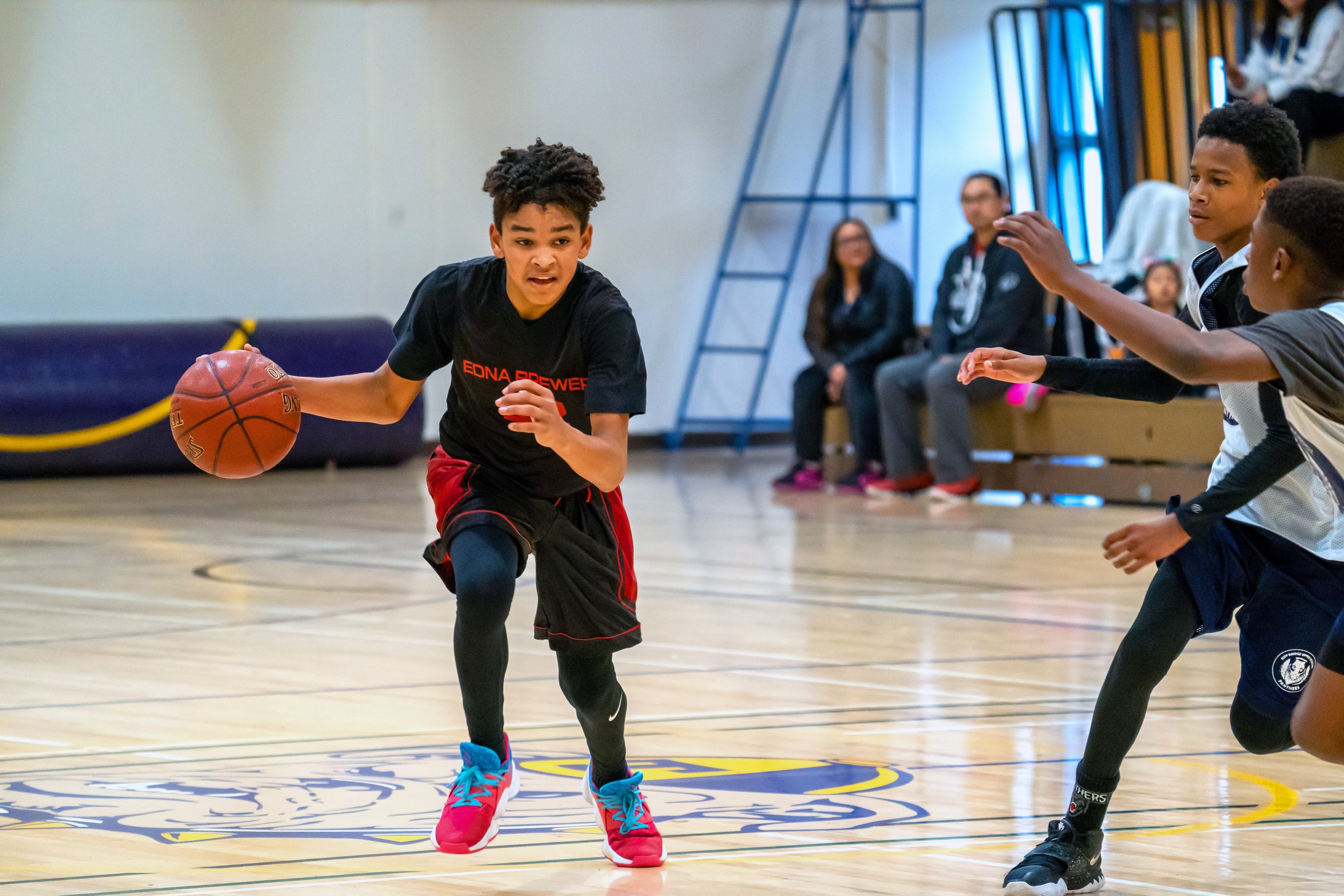Our Annual Report on Trends
in Youth Sports and PROJECT PLAY’S CONTRIBUTIONS TO THE FIELD
As the nation emerges from the COVID-19 pandemic, the state of play for children and adolescents in sports has shifted, with greater appreciation by parents and policymakers for the physical and mental health benefits of staying active – and a fresh set of challenges and opportunities in tactically making that happen.
That’s the high-level takeaway from our State of Play 2022 report, the Aspen Institute’s annual analysis of national trends in the delivery of sport activities for youth ages 6 to 18. We’re living through a historic moment in youth and school sports, one in which it’s not entirely clear where the landscape will net out.
On the one hand, young people are signaling they want sports delivered in a different way than in the past – and will check out if they don’t get it. On the other, the youth sports industry has come roaring back, ably serving the needs of families with means.
Where do you live? Can you afford the fees for private clubs and training? Do your parents and coaches keep your experience fun or apply too much pressure? Does your community have enough programming, fields, parks, coaches and volunteers to provide a quality experience? These factors, and many more, determine whether a child enjoys sports, or even plays at all.
Some key trends that have emerged in 2022, based on our review of research we conducted and aggregated from other sources:
The number of youth sports parents (27%) who perceived their child has lost interest in playing sports remained high as a barrier to participate. This disinterest held steady from last year after starting at lower rates (18%-19%) in 2020 during the pandemic’s early months. Interestingly, the more money parents have, the less interest their child has in sports, suggesting that wealthier children’s experiences weren’t optimal even before the shutdown. It’s not clear how many children stopped playing sports specifically because they lost interest.
Community-based sports programming is returning. Foundations, corporations and other entities have subsidized local, low-cost forms of play, and support from the federal government’s American Rescue Plan Act has helped in places, allowing providers to reduce the fees they charge families. But it’s a shaky foundation.
Travel sports programs surged back. The youth sports tourism industry has rebounded well, underwritten by parents who want or feel compelled to provide their child with a more intense, often year-round experience. What would it take to keep them in local leagues? In a survey, they told us: more playing time for their child, more inclusive environments, and lower costs to play.
Coaches are being asked to do more, with many youth suffering from mental health challenges enhanced by the pandemic. But as coaches told us, they need help addressing these issues with players. Very few coaches feel confident identifying challenges with players’ mental health and linking them to the right resources.
Parents significantly trust their child’s coaches. Indeed, they express more trust in them than they do their teachers and peers to develop life skills, foster a sense of belonging, create safe environments to play, and cope with off-the-field stressors. They also get higher marks than national, state and community leaders. Meanwhile, coaches tell us they’re frustrated by parents.
Tennis and pickleball emerged as popular sports. Tackle football participation continued to decline while more youth (especially girls) turned to flag. Bicycling lost participants over the past year as organized sports returned but remains up from its pre-pandemic levels. In high schools, martial arts, bocce and bass fishing saw major upticks, as did Unified sports (teams comprised of students with and without intellectual disabilities) in softball, cheer and basketball.
The average family paid $883 annually in one child’s primary sport, down 6% from pre-pandemic. The wealthiest parents spent about four times more than the lowest-income families. Inflation is on people’s minds – and if a recession happens, it remains to be seen if participation falls like it did after the Great Recession in 2008.
The findings in State of Play 2022 are drawn from many sources, among them the Sports & Fitness Industry Association’s youth sports participation data from the previous year. The latest figures provide a glimpse into how many children – and which ones – returned to sports in 2021, the most recent data made available to the Aspen Institute, including our annual charts documenting sport-by-sport trends for ages 6-12 and 13-17.
As in past years, Project Play continued to contribute real-time insights through surveys of youth sports parents. This year, we partnered with Utah State University’s Families in Sports Lab, Louisiana Tech University’s Minds in Motion Laboratory and TeamSnap to conduct the survey in September and October 2022. The parenting survey results shed light on what’s happening right now for parents, guardians and children, including the financial costs for families as inflation rises.
We’re excited about a new addition to this report. For the first time, we can provide a sampling of in-depth insights from youth sports coaches thanks to an unprecedented national survey in the United States. The Ohio State University LiFEsports Initiative, the Aspen Institute, Susan Crown Exchange and Nike partnered on the National Coach Survey to assess coaches’ backgrounds, experiences, philosophies, behaviors, training history and interests. Findings can be used to drive improvements in youth sport policy, practice, and coach preparation and training. Read all of the results here.
Beyond the data and insights in State of Play 2022, authored by the Aspen Institute’s Jon Solomon and Tom Farrey, we offer updates on the contributions made by Project Play over the past year to improve the disjointed sport ecosystem that engages youth. We hope you find this report useful in creating access to quality sports and physical activity opportunities for youth at a time when it’s sorely needed.
Thank you to our partner, Hospital for Special Surgery (HSS), sponsor of the State of Play 2022 report.





